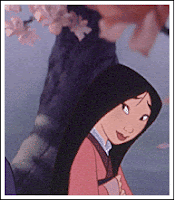
Photographer Orphan Tsolak took this picture of a global salad. Its ingredients come from three continents! Lettuce from France, Tomatoes from Holland, Cucumber from Spain, Chilies (peppers) from Zambia, Spring onions from Mexico, Cheese (feta) from Greece, and carrots from Britain.
For this project, we will answer the essential question:
How does food tell stories about the world?
Project Description: In this project, we will explore the history of the world through the foods of the world. You will work on a team of three to take a close examination of one country and its culture – particularly when it comes to food! Your team will guide the class in a discussion and exploration of the culture of your country, and will create one food dish to share with the class. We will also look at the political science of food, and how and why some people have it and some people don’t.
Literature: Guns, Germs & Steel by Jared Diamond (select chapters), country-specific literature (Library books are a requirement!!)
Skills Taught & Emphasized- Lesson planning
- Speaking and presentation
- Cooperation
- Geography knowledge and map-making
- Research
- Cooking
Things You Can Expect:- Map quizzes
- Country quizzes
- Group work
- Refinement
- Food
- Short reading assignments
- Opinion blogs and commenting
Final Products:- Teacher Days
- Exhibition at Festival del Sol (April 22) (Food + Visual about Your Country)
- Team Alpha Passport (Your team will create one page)
CALENDAR of EVENTSWeek 1: Food & the World
Intro to Project & What is the significance of food?
Week 2-3: Research Countries (Spring Break)
Write 2 Annotated Bibliographies* on books about your country
Week 4: Awareness & Preparation
Global inequalities awareness and understanding, lesson planning
Week 5: Lesson Plans & Story Telling
Lesson plans & passport pages
Week 6: Food & the World
Teaching Days continue
Week 7: Present & Reflect
Festival Del Sol – April 22
Test (April 24) & Project Reflections
 Have you ever been in a fight with a banana slime monster and needed a quick getaway?
Have you ever been in a fight with a banana slime monster and needed a quick getaway?











